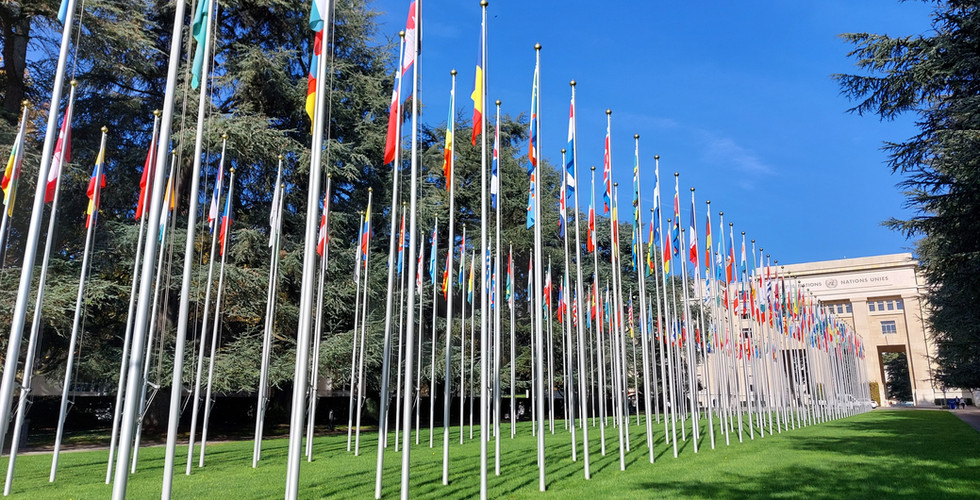
In Google Ads, Ad Rank is key to determining your ad's visibility. Why do some ads stand out while others get lost among the competition? What factors truly define that ranking position, and how can we effectively optimise them to maximise results? Let’s break down the most important factors that influence Ad Rank and how each contributes to the success of your campaigns.
Ad Rank is primarily determined by three crucial elements: bid, ad quality, and the expected impact of ad assets. Each of these elements has multiple layers worth understanding, such as keyword relevance, landing page quality, and the bidding strategy used.
Bid: This is the maximum price you’re willing to pay for a click, but it’s not just about bidding higher. Bids often need to be aligned with an automated strategy that takes into account signals like time of day or user device. These factors influence the likelihood of conversion, as certain times of day may perform better, and different devices can affect user behaviour. Efficiency is key; bidding higher without control can increase costs without necessarily improving results.
Ad quality: Here, keyword relevance, ad copy, and landing page experience come into play. To stand out, keywords must align with the user’s intent, not just their search terms. The ad content needs to demonstrate to the user that they’re in the right place, building trust from the outset. Landing pages should also be fast, secure, and clearly aligned with the ad message and page experience.
Expected impact of ad assets: Assets like call extensions, promotions, or even the website play an important role in enhancing user experience, simplifying access to relevant information, and increasing the likelihood of engagement. This can improve CTR, and some of these elements provide extra information without leaving the SERP. Including as many assets as possible, as long as they’re relevant, can have a positive impact.
One thing to bear in mind is that not everything affects Ad Rank equally. Elements like assets (extensions) may seem secondary but, in reality, help increase CTR and improve ad relevance across different contexts, ultimately adding value to your Ad Rank.
The most common mistake is focusing solely on increasing bids to improve position. Google also evaluates relevance and user experience.
In terms of the order of importance of Ad Rank elements, ad quality takes first place. Second is bid, which determines your competitiveness in auctions. Finally, the expected impact of ad assets is the third factor; while it plays an important role, it doesn’t weigh as heavily as quality and bid in determining Ad Rank.
The factors affecting Ad Rank complement each other, and good synergy among them is what allows you to stand out in auctions.



